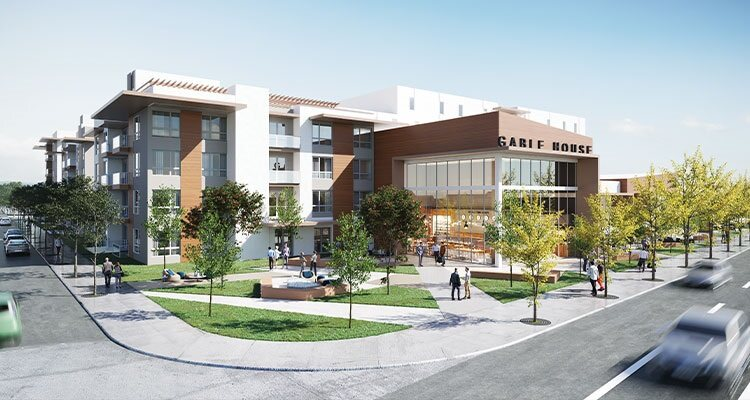Leading residential building developer, Intracorp, brings building excellence to new regions across the US
With 50 years of industry expertise, Intracorp continues to revitalize neighborhoods throughout North America and beyond. The company has a long legacy in the construction and building development markets, as President of the Southern California division, Brad Perozzi, begins: “Intracorp is a privately owned company. We have our headquarters in Vancouver, British Columbia, and we also operate from several other offices across Seattle, Washington, Newport Beach, California, and Austin, Texas. The business has been running for almost 50 years now, and in that time the owner, Joe Houssian, has been successful in a number of different industries. Within the same group of companies, we have had Intrawest, which is a recreational development and resort business. Then, of course there’s Intracorp, which is the residential building development business. 
“In the last five decades the company has established itself across North America, covering multiple states and regions. We’ve done a great job of capturing our market share, in part because we are smaller, but nimbler than most public companies.”
Collegial culture
The small but mighty California division of Intracorp is emblematic of the company’s broader culture. As Brad discusses: “I’ve been running the Southern California division of Intracorp for about seven or eight years. Our success largely comes down to hiring and retaining the right people. We have an absolutely all-star team of professionals here. Particularly the vice presidents, who all run their own divisions. From the marketing side of the business right through to planning and development, we have a lot of great people with plenty of industry experience working collaboratively toward a shared end goal. Everyone plays a vital role, and each person knows and supports one another.
“Our turnover is very minimal. Especially since it’s a small team, once people join, they don’t tend to leave. I think that in itself is a testament to having a good culture. Everybody’s dedicated to the business and its mission, which again creates a very collegial environment. A lot of the time people are pitching in and helping one another out.
“In the development division, we’re faced with multiple problems and challenges on a daily basis. It goes to show how well we all can work together and that we’re always able to find strategies and solutions. Within the team we also have field personnel, team members who physically build our projects. They are incredibly reliable, and I feel very safe putting the responsibility of construction in their hands. I really believe that with good people you get good results, and it hasn’t failed me yet.”
 Industry expertise
Industry expertise
A recent up-coming project shows the California team at their best, as Brad details: “We’ve recently closed on a site in San Diego that will be a very significant project for the business. It’s on the site of a 150,000 square-foot office building, which we need to demolish completely to build 92 new townhouses. We did the transaction for that project, beginning to end, in about 60 days, which is an incredibly fast turnaround for a deal of this magnitude. We have favorable zoning in place, and good financial partners who are willing to invest in the project, so it all lines up.
“Being nimble is one of the main reasons we’re able to close on sites such as this one. We’re a very entrepreneurial group, and we’re more than capable of moving quickly if the situation demands it. The wealth of industry experience within the team allows us to analyze things quickly. We prioritize really digging in and understanding the concept from all sides, so that our investors can feel confident in the business plan we’ve laid out.”
Transforming neighborhoods
External challenges are inevitable in the construction world, but they are no match for Brad and his team. “Currently, we’re trying to overcome the fact that city processing has slowed down a lot. City staffers are overworked and facing huge demand. On top of that, they’re experiencing record high turnover, with people moving from city to city, which makes processing deals difficult from a timeline perspective.
“Diversifying and working on in-fill properties in suburban regions is one way we’ve been able to circumvent city processing delays. A lot of the owners we are dealing with in the suburban market are ‘mom and pop’ operations, rather than large institutions. There’s a lot fewer moving parts and things get done more quickly. Additionally, interest rates are rising, which makes it very difficult to operate office buildings, so that creates opportunities. The same can be said for retail developments – as more people shop online, there are more spaces opening up for us,” he outlines.
Changes in the commercial spectrum create a lot of opportunities for Intracorp to revitalize older underutilized properties. As Brad concludes: “Our work is about turning spaces that are beyond their economic life into vibrant neighborhoods. We’ll strategically focus on these areas moving forward, not only due to the financial opportunities that they offer, but because it’s very exciting to think that we can give these properties a new lease of life.”

 Industry expertise
Industry expertise